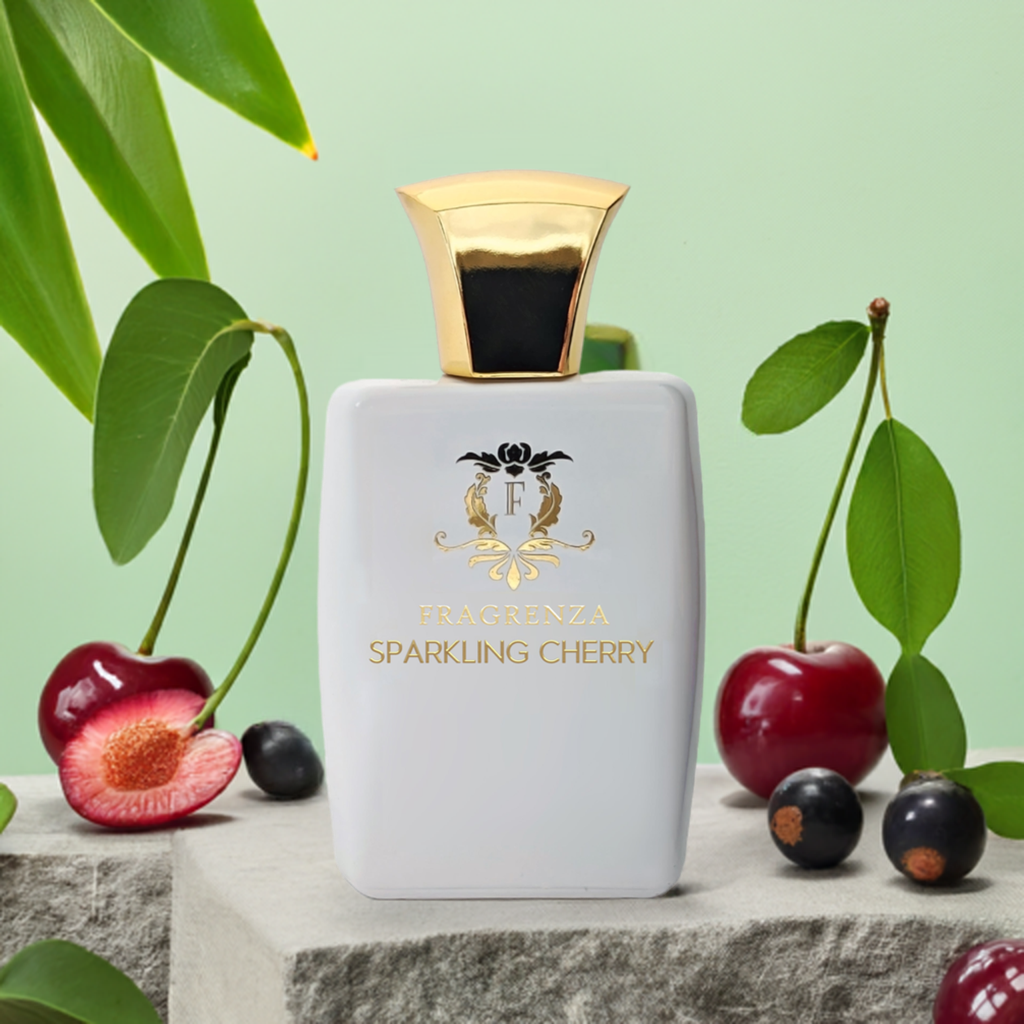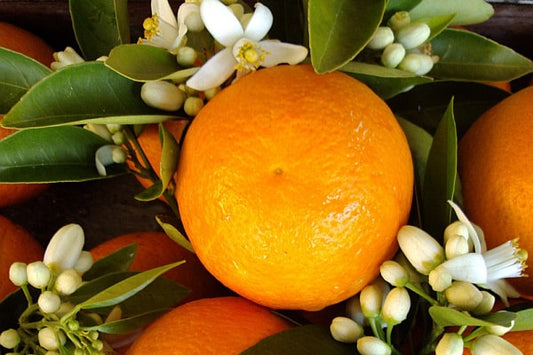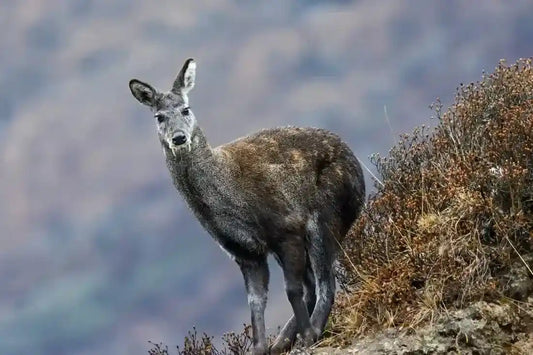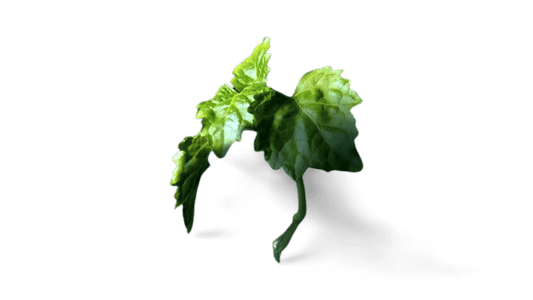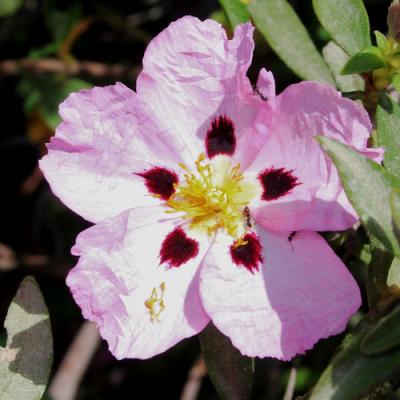No products found
Use fewer filters or remove all
Impatiens Fragrances
Explore our collection of impatiens fragrances. Shop impatiens perfumes that will captivate your senses.Hyacinth Fragrances
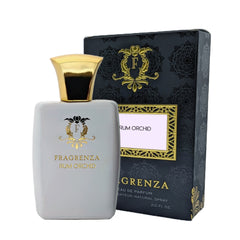
From this collection Rum Orchid is Tom Ford Velvet Orchid dupe
Experience the invigorating scents of hyacinth fragrances. Discover the best hyacinth perfumes and immerse yourself in a refreshing aroma.Industrial Glue Fragrances
Indulge in the captivating industrial glue fragrances. Explore the best industrial glue perfumes and let their enchanting scents transport you.Jade Flower Fragrances
Discover the delightful scents of jade flower fragrances. Shop best jade flower perfumes online and add a touch of elegance to your fragrance collection.Isobutyl Quinoline Fragrances
Immerse yourself in the world of isobutyl quinoline fragrances. Experience the best isobutyl quinoline perfumes for men and discover unique and captivating scents.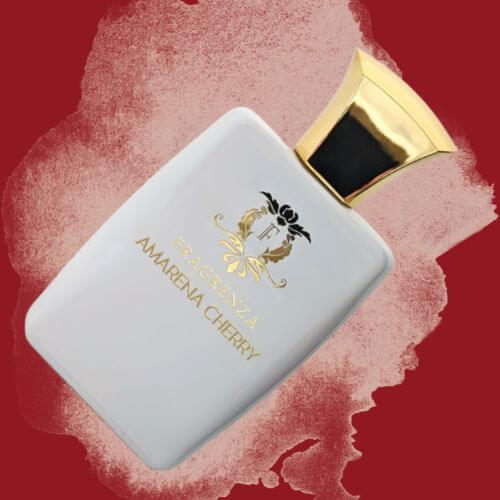
Amarena Cherry
Obsessed with cherry? If you want to really amp up the cherry scent, this Tom Ford Lost Cherry dupe will give Lost Cherry a run for its money. Black cherry, cherry syrup, and cherry liqueur all mingle together for an indulgent cherry overdose that’s complemented by notes of almond, tonka bean, Turkish rose, and jasmine sambac.
Natural And Synthetic, Popular And Weird
Collapsible content
Description
You may have noticed the word Indole in discussions of jasmine, lilies, and other white flowers, with a good or bad connotation. Sometimes it's even used as a euphemism for an unpleasant odor. But not many of you have encountered pure indole in real life. It comes in the form of a gray powder. Let's see what indole is. In the book The Perfect Scent: A Year Inside the Perfume Industry in Paris & New York, Chandler Burr tells Jean-Claude Ellena's joke about Calvin Klein Eternity, one of the most indolic perfumes ever created. Ellena acutely pointed out that the indole smelled like corpse and that it was very feminine to smell death when applied from a vial ironically named Eternity. In the early 90s I had a sample of Eternity, it always made me feel calm and balanced, but I tried not to indulge myself too much with this effect. Once, before an exam, I applied a little to my skin. I felt pretty confident, but that was the only time I was kicked out the door. The professor completed his verdict with the sentence: With your scent, you leave a very disastrous impression. Indole or benzopyrrole is a simple organic nitrogen compound. Indole and its derivatives play an important role in a large number of vital processes. Life, as you know, is a form of protein existence. In turn, proteins are chains of amino acids. L-Tryptophan is one of these important amino acids, it is an essential part of protein in all living organisms. L-Tryptophan is an indole derivative [you can see an indole fragment in all the formulas in the image below]. Apparently, Indole itself and its closest analogue Skatole is formed during the process of tryptophan breaking down by putrefying bacteria when breaking down organic matter or in the intestines. The smell of indole in its purest form is described as extremely unpleasant once I came across a poetic metaphor about it: an inner stalk smell of rotten cabbage. But the meaning of pleasant and unpleasant is therefore very subjective. Pure indole has a very complex aroma, at high concentration it really has a strong fecal character, but that's not all, what is even more important here is Naphthalene a familiar scent of traditional mothballs;combined together they produce an animal earthy and musty indolate odor. When it is strongly diluted, at 0. 1 percent or less, another of its characteristics comes to the fore, a floral note reminiscent of jasmine. The smell of Skatole is more intense and fecal. Strictly speaking, the skatole forms what we call a fecal odor. Indole is an integral part of the scent of some flowers. You smell it in jasmine absolute [for the first time it was isolated from jasmine absolute and described as a key ingredient in its scent profile over a hundred years ago]. In narcissus and champaca absolute, its content can reach several percent We call these floral scents narcotic or intoxicating. Traces of indole can be found in ylang essential oil, as well as in neroli and some citrus oils, for example bergamot and petitgrain. Most likely, a large amount of indole in the scent of some flowers developed during evolution in order to attract a larger population of pollinators. You know that some plants cooperate exclusively with flies by engaging them with a strong smell of rot and excrement. The indole nucleus is one of a large number of physiologically active compounds. Let's take a look at the structure of Serotonin, also known as the happiness hormone, which is certainly a silly legend for those looking for simple answers to tough questions. You can also find it in the formula of melatonin, a pituitary gland hormone that regulates our sleep at night that you may know as a drug to help with jet lag. There is a large group of alkaloids, the derivatives of indole, in the picture above, please take a look, and we will continue to treat indole exclusively as a smell, leaving some aside all his other roles. Gardeners are familiar with the important plant hormone, heteroauxin, or indole-3-acetic acid, which occurs naturally in plants but can also be chemically synthesized and used as a growth promoter. The smell of heteroauxin, which is a derivative of indole, is very similar to that of indole. Perfumers do not use indole exclusively in jasmine accords, it is very often added to various floral and abstract compositions;the right proportion of indole, along with other animal ingredients like civet, for example, brings a comforting warmth and depth to the scent as well as additional animal sensuality. The animal effects are very expressive, but this is also the reason why they should be treated with caution and gentleness. Indole isn't always a good solution for the perfect pet or floral addition. Its weak side is the mothball effect, mentioned above. This one is not welcome in many compositions, especially when it already contains heavy terpenes as part of many natural essential oils which usually smell like turpentine. Together they smell bad. Another defect is the interaction of indole with aldehydes, they form a Schiff base. While it doesn't reflect much on the scent itself, this organic compound causes the scent liquid to darken over time, which isn't always pretty. The answer is to replace indole with other ingredients, and indole is one of the most popular of them. Indolene is a product of the interaction of hydroxycitronellal with indole which is more floral and sweet. Another preferred alternative is Indocolore, a non-nitrogen containing compound which has a more intense indole character, but does not have that annoying mothball or naphthalene effect.
-
Our best sellers.
-
Adeline PDM Delina dupe Better Peach Tom Ford Bitter Peach dupe Chloris Gardenia Gucci Flora Gorgeous Gardenia dupe Fearless Love Kilian's Love, Don't Be Shy dupe Selvaggio Dior's Sauvage dupe Addict Noir YSL's Black Opium dupe Empress D&G's L'Imperatrice dupe Divino Bleu de Chanel dupe Lo amo J’Adore Dior dupe Pretty Girl Carolina Herrera's Good Girl dupe
